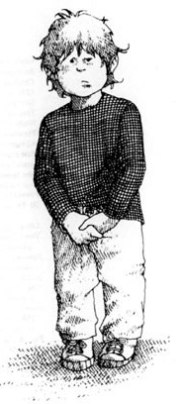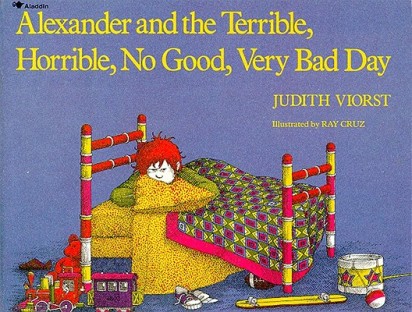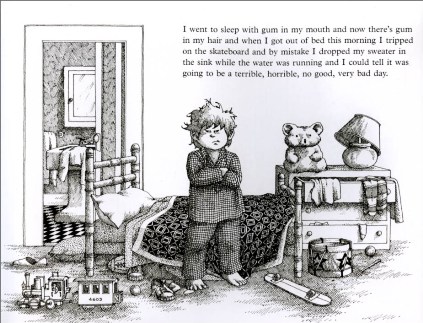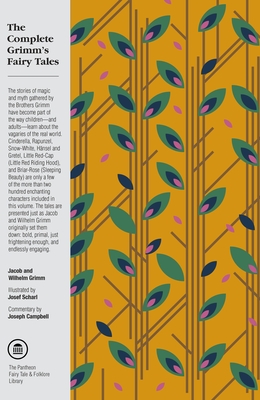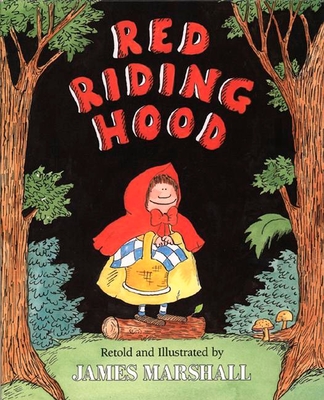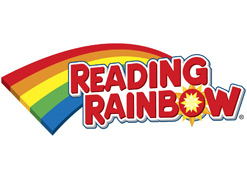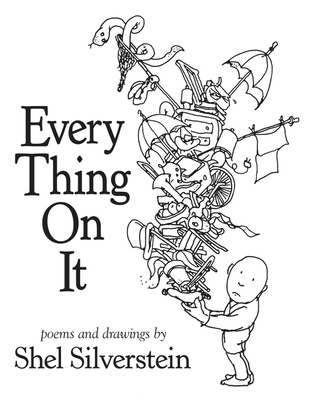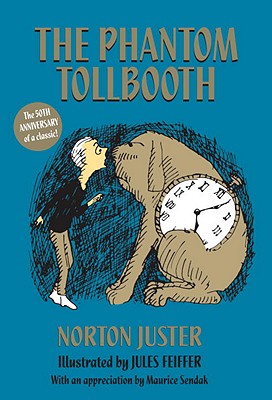There are SO many “great” children’s books out there. Books that make you laugh, books that capture your interest, books that tell amazing stories – this blog is full of recommendations of “great books” that anyone should be able to enjoy either at home or at the library. However, there are far, far fewer children’s books that I would actually describe as “important.” Because “important books” are extremely rare. Important books are titles that deliver an experience that 99% of other books just can’t match. These are books that challenge worldviews, open eyes, or supply your children with some piece of essential social perspective or vocabulary that they will use for the rest of their lives. And, in my humble opinion, Alexander and the Terrible, Horrible, No Good, Very Bad Day by Judith Viorst and Ray Cruz is a very “important” book.
Am I overdoing it a bit on my assessment of Alexander? Possibly. It’s a book that I enjoy a lot and remember fondly from my childhood, so there is a definite nostalgia element to my overall opinion of Alexander. But, my personal baggage aside, I really do think that Alexander and the Terrible, Horrible, No Good, Very Bad Day is one of the top ten ESSENTIAL books that any kid just HAS to read. It’s a book that I think should be one of the cornerstones of any kid’s home library.
Why? Because it’s one of the best books ever written for kids about what it’s like to be a kid. Most books that feature child characters have very set and established modes of storytelling. Some just try to be funny, some try to tell short, sweet adventures, some (more than some) are thinly veiled morality tales – Kid A made Mistake B, learned Lesson C, and never made Mistake B again. Young readers get hit with the same types of story structures again and again and again. They wait for the punchline, the end of the quest, or the very special message and, once everything is wrapped up per usual, they move on to the next title.
Alexander and the Terrible, Horrible, No Good, Very Bad Day is a very significant and unusual children’s book because it rejects a lot of those familiar storytelling tropes. There isn’t really a plot to Alexander – we essentially just watch Alexander suffer through having a really not-great day. Everything is narrated from Alexander’s perspective and, from dawn to dusk, we witness things not going Alexander’s way. His opening rant sets the stage perfectly:
I went to sleep with gum in my mouth and now there’s gum in my hair and when I got out of bed this morning I tripped on the skateboard and by mistake I dropped my sweater in the sink while the water was running and I could tell that it was going to be a terrible, horrible, no good, very bad day.
Alexander is a hilarious narrator, particularly because, thanks to Viorst’s clever prose, his rants often inadvertently reveal that Alexander isn’t just a victim of bad luck on his very bad day. Sometimes he’s the one creating his own bad luck. [read the rest of the post…]
{ 5 comments }
